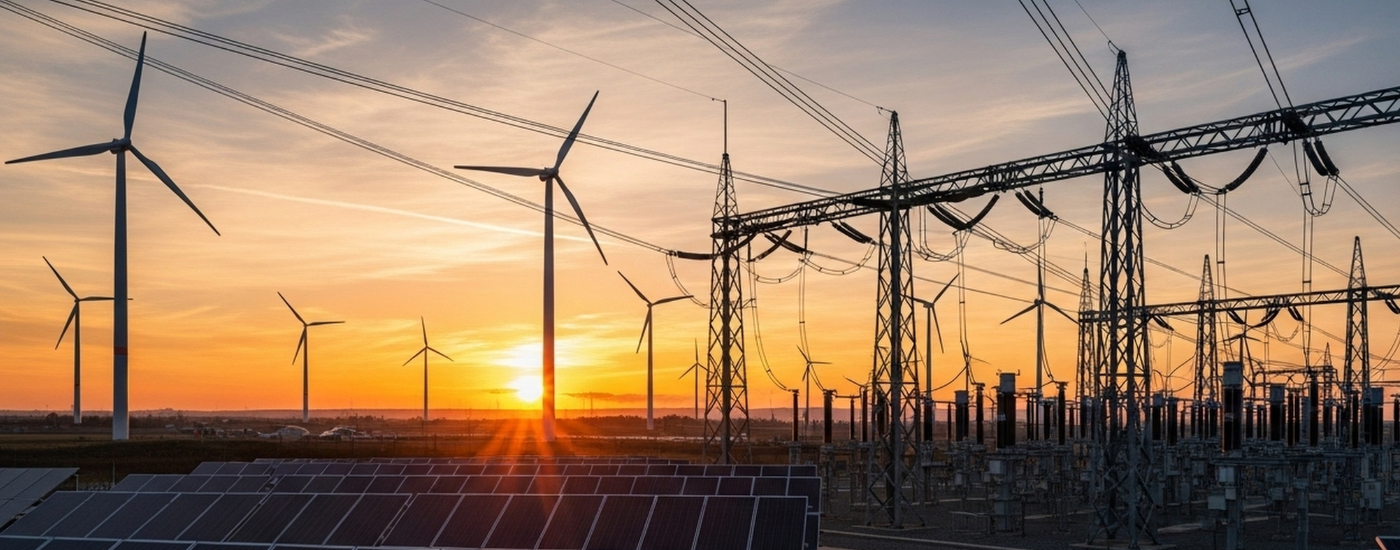The latest summary edition of our monthly Australian energy & environmental market update is now available. Keep reading for energy and carbon pricing movements, policy updates and other news.

This month we cover energy and environmental market movements, key takeaways from recent industry events and AEMO’s latest Quarterly Energy Dynamics report.
Keep reading for an overview of key market developments and a discussion of the impact of these announcements.
The full version of the update, with additional commentary from our industry analysts, is available to paid subscribers. Contact our team to find out more.



Recent changes to the Safeguard Mechanism will require organisations to develop a robust decarbonisation roadmap and a carbon-offtake strategy.
CORE Markets presented at the recent Carbon Market and Investor Forum in Singapore. The forum highlighted the role carbon markets can play in the short-term as corporates overcome some of the technical and commercial challenges associated with decarbonisation.
The forum also discussed the imminent changes to the Safeguard Mechanism and the recent consultations with DCCEEW to establish baselines for facilities in line with Australia’s climate targets and updated NDCs.
Proposed reforms to Safeguard has the following implications:
ACCU market has seen significant growth since 2020, resulting in a 7x increase in volumes of these units traded in the secondary markets.
As the ACCU market continues to mature, organisations taking action early may derive financially favourable outcomes as they progress towards their decarbonisation goals.

On July 18-19, the Clean Energy Council (CEC) hosted their major event for the year, the Australian Clean Energy Summit (ACES) at the ICC in Sydney. This event is a terrific opportunity for the industry to come together and share insights on the state of the market, and how best to transition the grid away from thermal assets and towards clean energy. Some of the takeaways from the summit were:

Additional commentary is available in the full version of the update. Contact our team to find out more.
AEMO has recently released the Q2 2023 Quarterly Energy Dynamics (QED) with the purpose to provide energy market participants and governments with information on the market dynamics, trends and outcomes between 1st Apr – 30th Jun 2023.
NEM Summary
Wholesale Gas Market
WEM Market
Australian energy markets experienced lower price volatility in July. The milder weather contributed to lower demand and this, combined with higher renewable energy penetration, led to lower energy prices.
As we head into spring it is reasonable to expect this trend to continue, at least until the high temperatures of summer return.
However, as with any major change, the transition to renewable energy will continue to have its moments of turbulence. As such, we can expect that varying levels of market volatility will be with us for the foreseeable future.
Forward-looking organisations are prioritising process improvements to maximise energy efficiency and taking a strategic approach to renewable energy sourcing. Once set, this strategy should be reviewed on a regular basis to ensure it continues to deliver optimal commercial and climate outcomes as the landscape continues to evolve.
The Australian carbon market saw further softening of ACCU generic spot prices in July before rebounding later in the month. This is due to several factors including higher supply volumes in June and the fact that some entities captured under the Safeguard Mechanism are yet to enter the market.
It is worth noting however that the ACCU market has grown nearly 7-fold, in terms of the units traded on the secondary markets, since 2020. There is also a growing number of businesses who are exploring long-term carbon offtake agreements directly with project owners, as a means of managing financial and supply risk.
These key trends are expected to continue as more compliance and voluntary demand enters the market.
While emissions reduction must be prioritised, organisations are encouraged to think ahead and start developing their carbon procurement strategy in parallel to running their emissions reduction initiatives.
The events outlined in this months update highlight the evolving nature of carbon and energy markets and the complexity of the net zero transition.
To discuss your unique requirements, get in touch with our team today for a no obligation discussion on how we can help.

As the NEM Review lands, attention rightly turns to system-level settings. But much of the commercial change shaping renewable and firming supply is already unfolding inside over-the-counter (OTC) energy markets. This article sets out what’s already shifting commercially in a market under review.

As the NEM Review lands, attention rightly turns to system-level settings. But much of the commercial change shaping renewable and firming supply is already unfolding inside over-the-counter (OTC) energy markets. This article sets out what’s already shifting commercially in a market under review.